When Temperature is High and Air Doesn't Move: A Human Guide to Surviving Heatwaves
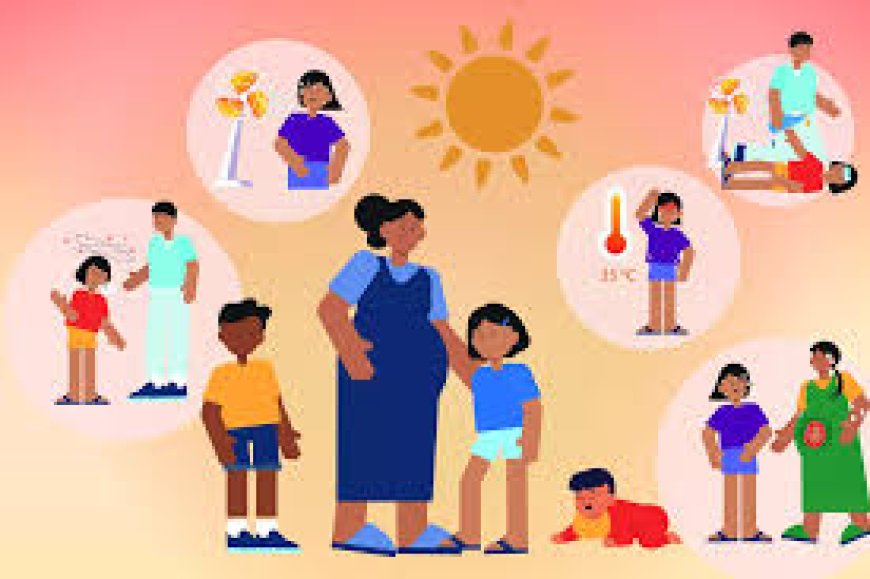
I remember one afternoon when the heat was so heavy. Not just “hot,” but a kind of heat that presses on your chest, slows your thoughts, and makes you forget when you last took a proper breath. The fan was spinning—but it was just stirring warm air around the room like soup.
If you’ve ever felt that—truly felt it—then you know heatwaves are more than just uncomfortable. They’re dangerous. Silent. Creeping. And somehow still underestimated.
Let’s talk about what they are. And what we should actually do when the air stops moving.
First, What Is a Heatwave Really?
A heatwave isn’t just a few hot days strung together. It’s when temperatures stay abnormally high—often for several days—without relief, especially at night. And it doesn’t only hit the vulnerable. Healthy people can go down too. The body just... gives up, sometimes.
You might think, “We’ve lived through hot seasons before.” But lately? It's different. The heat comes harder. Lasts longer. And it’s catching us unprepared.
Okay—So What Can One Person Actually Do?
Honestly, a lot more than you’d expect. When the heat rises, your small choices matter. Care for yourself, and stay alert to those around you. It starts with you.
Here's what I’ve learned (sometimes the hard way):
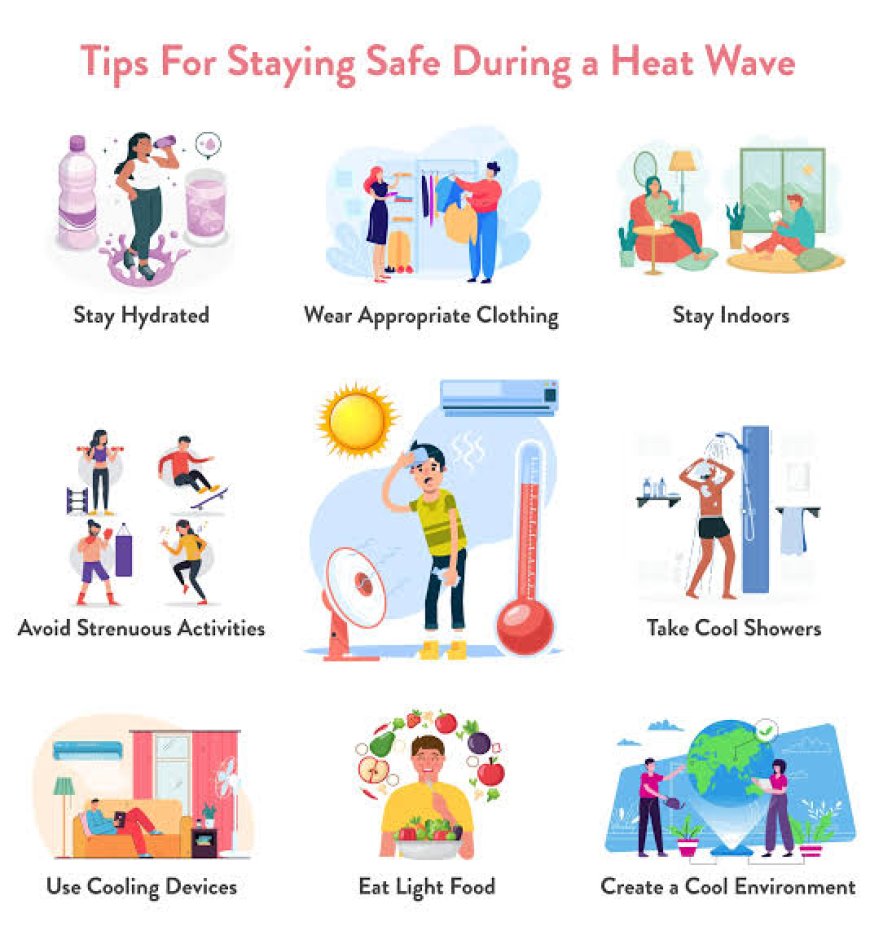
Photo Credit: CK Birla Hospital
- Drink water. Then drink some more. Even when you’re not thirsty. Even when it feels annoying. Dehydration creeps in quietly.
- Take a cool shower. It’s not just refreshing—it brings your body temperature down. Don’t wait until you’re overheated.
- Dress light. Not just in color, but in fabric. Cotton breathes. Nylon doesn’t. It makes a difference.
- Rest when it’s hottest. That 12 to 4 p.m. window? Treat it like a curfew from the sun.
- Close your curtains. Especially the thick ones. Block out the sunlight before your room turns into a slow cooker.
- Eat lighter. Heavy meals make your body work harder. Go for fruits, vegetables, and yes—cold things.
- Notice the signs. If you’re dizzy, dry-mouthed, weak, or confused—it might not just be a bad day. It could be heat exhaustion or even heatstroke. Take it seriously.
- Check on people. Not everyone has fans. Or water. Or even someone to talk to. Sometimes, a simple knock on a door saves a life.
But This Isn’t Just an Individual Problem, Is It?
Not at all. In fact, pretending it is... might be part of the problem.
Let’s start with communities.
A caring community saves lives. It acts together—shares knowledge, checks on one another, and builds places of refuge. Because no one should have to figure this out alone, communities should:
- Train people in first aid. If someone faints at the bus stop and no one knows what to do, that’s a failure. First aid shouldn’t be niche knowledge.
- Collaborate with health centres to map Emergency Response Zones. Ambulatory services can’t be everywhere—but if they’re somewhere, and people know where, that’s a start.
- Publicize toll-free emergency lines. Make them easy to remember. Stick them on poles, buildings, radio jingles—everywhere.
- Educate locally. Use community leaders, churches, mosques, schools. Host informal training. Hand out leaflets. Demonstrate. Repeat. Organize town hall meetings to discuss the subject of heatwave.
- Encourage tree planting. Not just along main roads, but right there on the corner where the sand bakes hottest. A single tree can change the temperature around a home.
- Create and protect green spots. If there’s an unused patch of land, don’t turn it into another block of cement. Build something natural — even if it’s just benches under shade.
- Foster real connection. Community members should know who lives three doors down. Check in on people who live alone. Share cold water.
And the media
Information can be life-saving. The media must speak clearly, early, and often—with facts, local voices, and empathy. Here's what they should do:
- Broadcast early warnings. Timely weather alerts should run on radio, TV, and social media—especially community stations in local languages.
- Be clear, not clinical. Don’t just say “temperatures expected to rise.” Say “It’ll be dangerously hot. Here’s what to do.”
- Counter misinformation. Heatwaves are not just a ‘hot day’—accurate reporting saves lives.
- Highlight safe practices regularly during peak season—not just during emergencies.
- Feature community voices. Stories of survival, local initiatives, and youth-led action encourage behavior change more than statistics.
What About Cities and Local Authorities?
Frankly, there’s no excuse anymore. Leadership is service. Local bodies must act early, plan smart, and bring people along—before heat turns to harm.
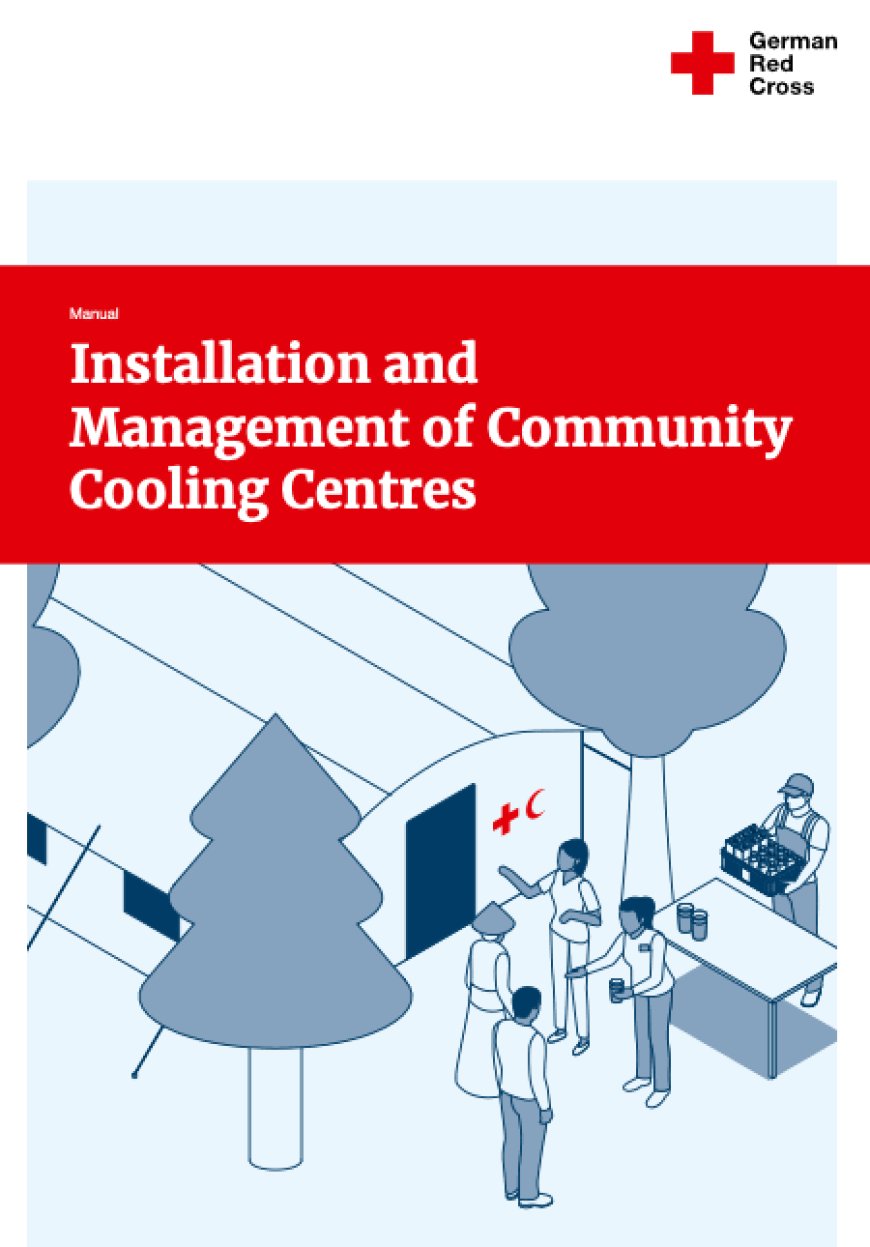
Photo Credit: International Federation of the Red Cross (IFRC)
- Identify heat-vulnerable zones and Create cooling shelters. Focus on high-risk areas like schools, markets, and health centres. Repurpose halls, schools, or public buildings with ventilation. Open the doors when it gets unbearable.
- Improve access to cooling. Ensure uninterrupted and regularly maintained water supply in residential and non-residential buildings. Prioritize repairs during heatwaves.
- Plan around the heat. Update building codes, urban layouts, and school hours to reflect new climate realities.
- Secure stable energy. Invest in steady electricity and solar power for water systems, clinics, and early warning alerts.
- Plan with the climate in mind. Update urban plans, building regulations, and school timetables to reflect extreme heat realities.
- Strengthen energy systems. Invest in steady electricity and solar power for health centres, water systems, and early warning tools.
- Schedule public services wisely. Trash collectors, street sweepers, construction crews—don’t send them out under a burning sun.
- And partner wide. Link up with meteorological agencies, emergency response units, clinics, schools, media, and faith groups to ensure they are helping the locality be aware of early warnings of heatwaves and to stay safe. Collaborate with stakeholders for public training and engagement.
Stories Stay. So Here’s Another One.
There was an elderly man who used to live a few houses from mine. A quiet figure. His wife had passed on some years ago, and though he had children, they lived abroad. A teenage boy—perhaps a grandson or nephew—stayed with him, but he was often away at school for most of the day.
Late one morning, during a fierce heatwave, the old man collapsed on the roadside. He’d been walking to a nearby shop to buy a drink. No hat, no water, no shade. It wasn’t until much later that someone noticed him lying there. By then, he was barely conscious.
That day disturbed me deeply. Not because it was another warning sign of climate extremes. But because it was someone familiar—a neighbour. A person I had seen often, and perhaps walked past too many times without really noticing.
In the days that followed, a local family began handing out umbrellas and refillable water bottles to elderly neighbours. A carpenter in the community started building simple benches for verandas—something sturdy, so older people could sit outside and rest during the hotter hours.
It wasn’t a government program or international NGO. Just ordinary people responding with care. It reminded me that adaptation doesn’t always start with policy—it can begin on your own street, with the small decision to pay attention.
Maybe That’s the Point
This isn’t just about surviving heatwaves. It’s about how we show up for each other. How we respond when nature knocks harder than usual.
Prepare now. Tell your neighbour. Learn first aid. Keep extra bottles of water around. Ask your local leaders questions. Keep a fan by the window. Share stories. Don’t wait for a tragedy to remind us of what we could have done.
Inspired by the Heatwave Guide for Cities (Red Cross Red Crescent Climate Centre, 2019). Read it here.
.
What's Your Reaction?











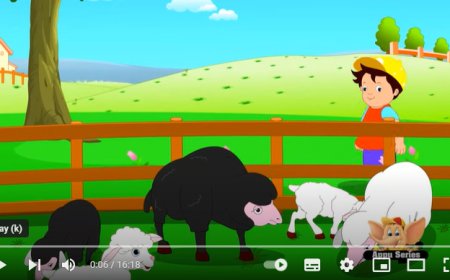
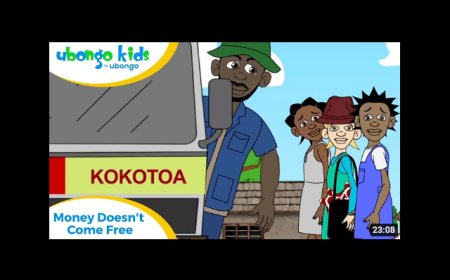


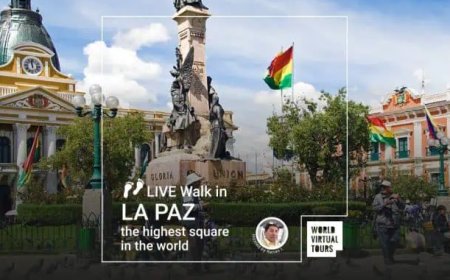

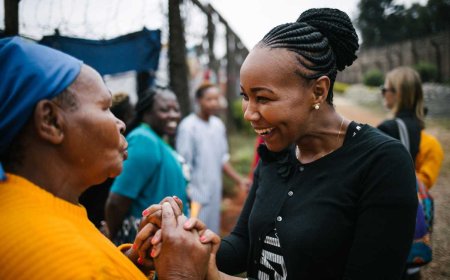








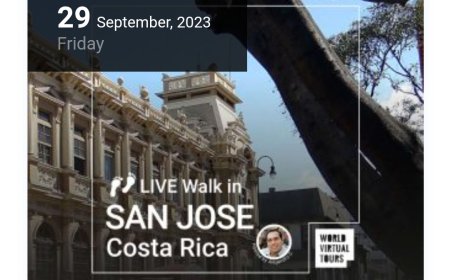
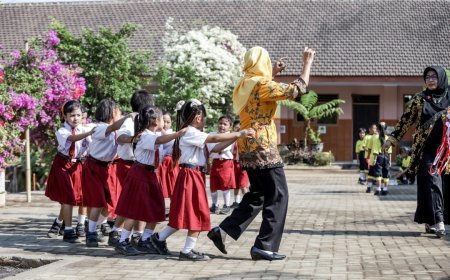
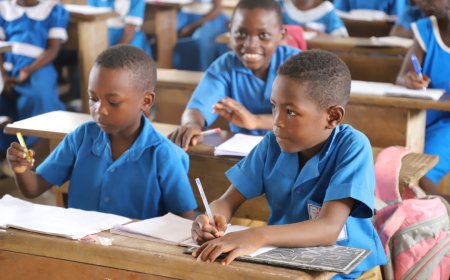

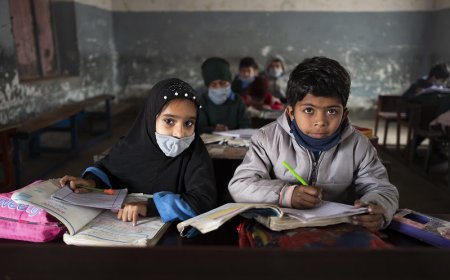
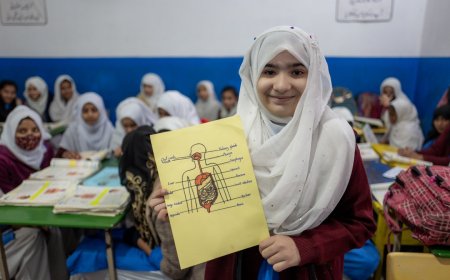

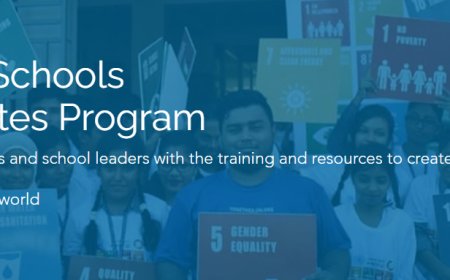


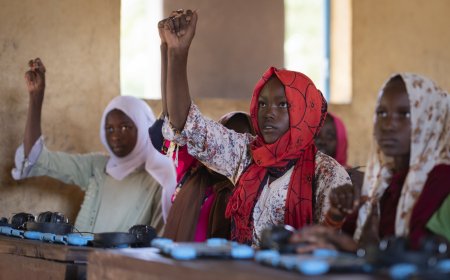

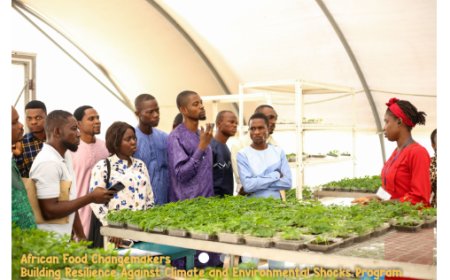
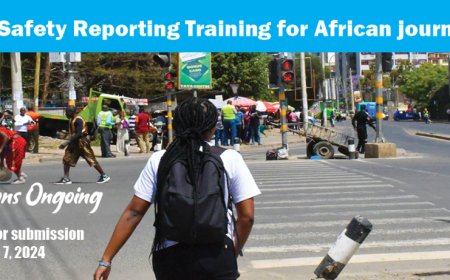





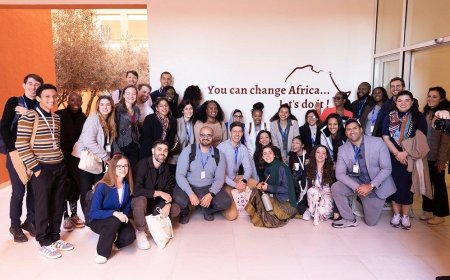


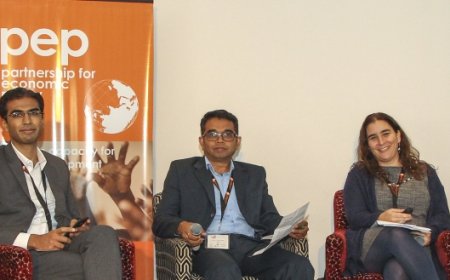


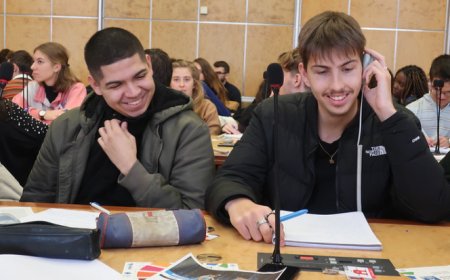

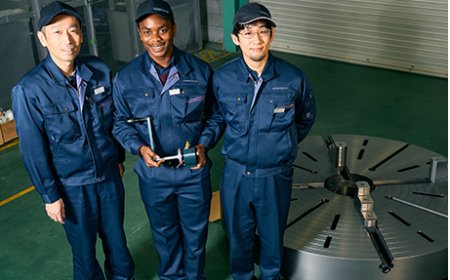
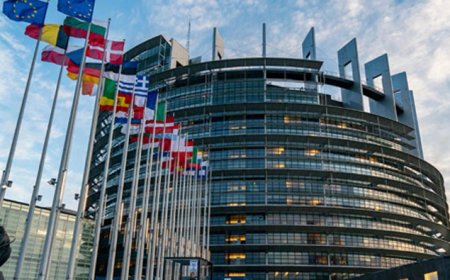







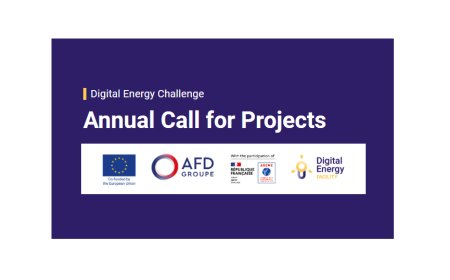



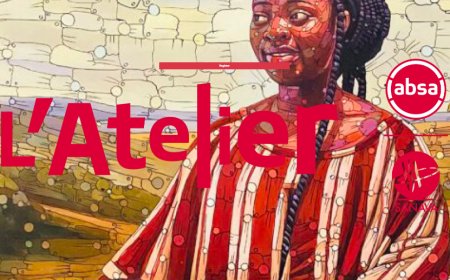
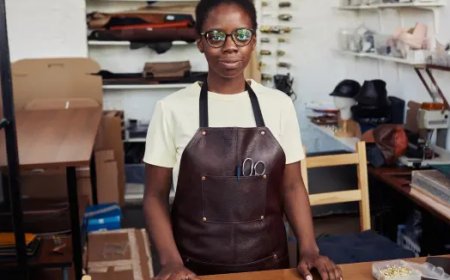




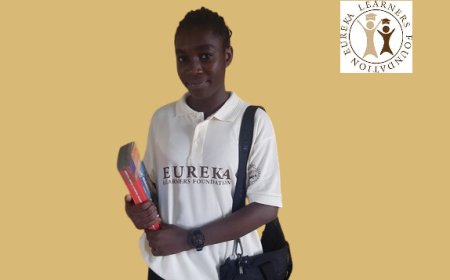
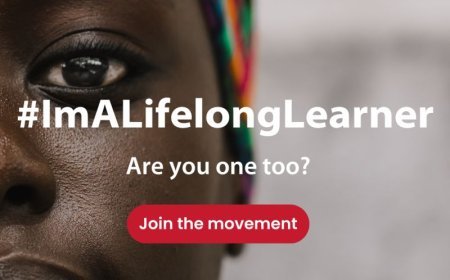
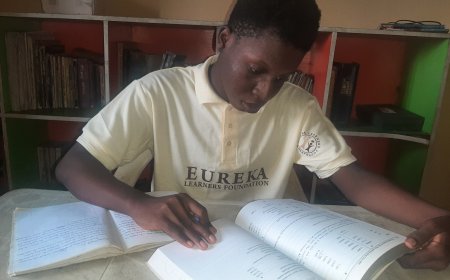

![Watch: The Butterfly Circus [Short Film] featuring Nick Vujicic](https://blog.elfglobal.org/uploads/images/202405/image_430x256_6654b9bc69c46.jpg)

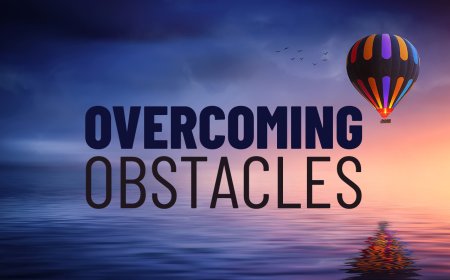
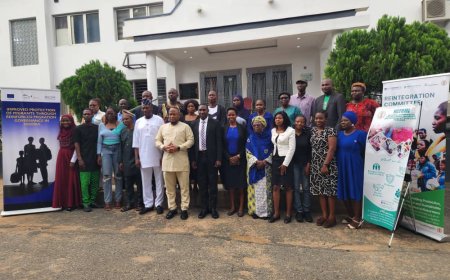


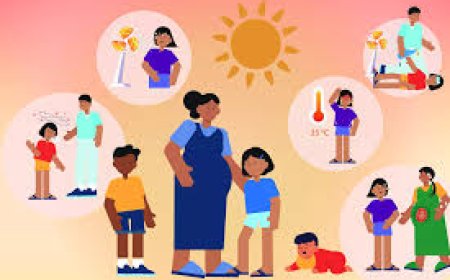


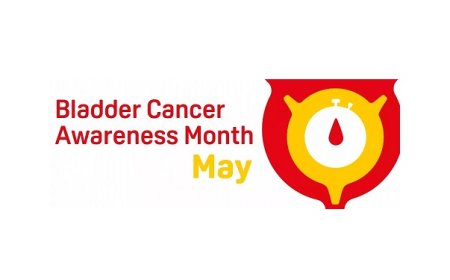




![Watch: The Butterfly Circus [Short Film] featuring Nick Vujicic](https://blog.elfglobal.org/uploads/images/202405/image_140x98_6654b9bc76b8e.jpg)




